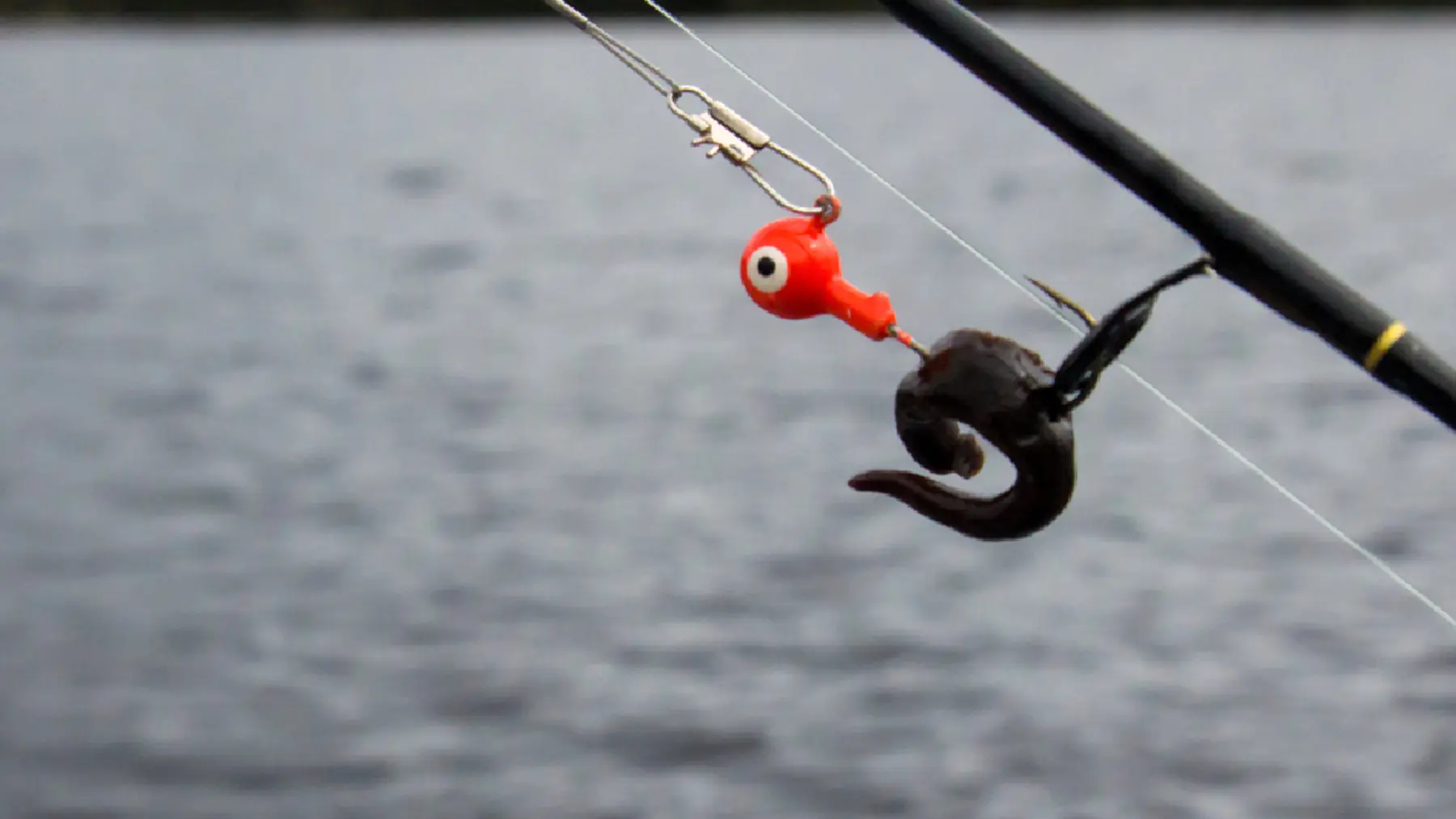Fishing with live bait is a tried and true method to employ when angling. While many assume the best live bait to use is worms, consider trying leeches. This bait has a uniquely attractive quality in the water that bass and other species are strongly drawn to.
Crafting a Leech Trap
Leeches serve as excellent bait for various freshwater gamefish, with walleye particularly attracted to these creatures. As many bait shops don’t offer leeches, anglers often resort to catching them. While a bare-legged stroll through leech-infested waters may yield a few, it’s far from the most effective method. Creating a leech trap proves to be a superior alternative, especially for scavenging species like the ribbon leech, steering clear of bloodsuckers.
Leech traps can be fashioned from various materials, provided they can hold bait and offer a wide surface for leeches to cling to while feeding. Items such as coffee cans, soda bottles, and small buckets work well, but aluminum pie plates emerge as a preferred choice due to their cost-effectiveness and ease of conversion into traps. Folding a pie plate into a small metal envelope, leaving a small opening, and attaching a line completes the trap. Setting multiple traps at different depths and locations enhances success rates.
Ideal Locations for Leech Traps
Shallow ponds, creeks, or low-fish population swamps, as well as the warm edges of larger lakes and rivers, serve as prime spots for leech traps. Bait the traps with fresh cut bait or the remains of cleaned fish, adding small rocks for weight. Secure the trap with a heavy monofilament or twine, placing it on the bottom and tying it to shore or a float. Leaving the traps overnight increases the chances of a bountiful leech harvest. If unsuccessful, change the bait and location, preventing raids by larger scavengers like snapping turtles.

Fishing Techniques with Leeches
Fishing with leeches varies based on the targeted fish species. A common method involves rigging leeches with a small hook through the head, attaching split shot and a slip bobber for casting from shore or a boat. This method allows the leech to swim naturally, attracting fish like walleye, bass, and trout in shallow waters.
For deeper waters, trolling leeches proves effective, especially when using rigs like the Lindy Rig or worm harness with floats and spinner blades. Tipping a jig with a leech, particularly targeting bass, walleye, or catfish near rocky points, involves slow lifting and dropping motions for optimal effectiveness.
Maintaining a lively leech is crucial for success. Using a light line or leader and a small hook, such as a size 6 Octopus hook through the sucker, ensures good action. Changing the water regularly and applying a bit of Preparation H to sluggish leeches revives their activity, making them an irresistible live bait.
Summertime Leeching
Leeches often outperform other baits, especially during early summer when they are abundant and various fish species exclusively target them. In the mid-to-late summer, when fish may become lethargic or cautious due to heat or fishing pressure, leeches can be a game-changer. Despite any reservations about leeches as blood-sucking parasites, their effectiveness as bait makes the effort of gathering them worthwhile. Nonetheless, it’s advisable to keep your pants on during the process.
Image/Source: MeatEater





